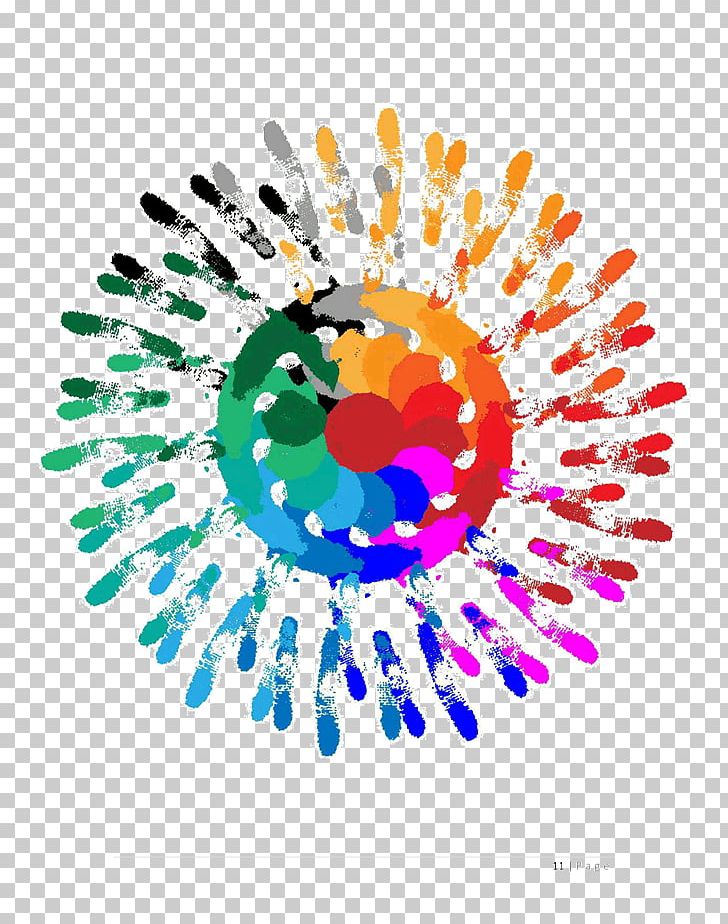Cultural clip art serves as a vibrant tapestry that encapsulates the essence of diverse societies. Just as a masterful painter uses a palette of colors to depict a scene, clip art wields a multitude of symbols and visuals to convey cultural narratives, perspectives, and values. This art form, oft-dismissed as mere decoration, possesses an intrinsic power to transcend linguistic barriers, establishing a universal dialect of imagery that speaks to the human experience.
At its core, cultural clip art embodies the very heartbeat of creative expression. Each image, whether depicting traditional garments, festive rituals, or mythological icons, is a window into the soul of a culture. The intricate designs narrate tales of ancestry, heritage, and collective memory. When a viewer encounters a piece of clip art that resonates with their own cultural background, it ignites a sense of belonging; they become threads woven into the rich fabric of global civilization.
Clip art has evolved remarkably from its rudimentary beginnings in the realms of print media. Initially seen as a tool for simplicity, it now flourishes in the digital realm, adapting and morphing into myriad styles. As technology advances, so do the representations of culture within this medium. The interplay of old and new—the age-old stories retold in contemporary forms—mirrors the cyclical nature of cultural evolution. In this context, cultural clip art emerges as a beacon, guiding us through the labyrinth of identity and tradition.
The visual language of cultural clip art is replete with metaphors that enrich our understanding of different societies. For instance, the depiction of indigenous symbols can evoke a profound sense of connection to the land; they serve as geographical markers of identity and history. A feather, so often seen in the art of Indigenous cultures, is not merely an ornament but a metaphor for freedom, spirituality, and the interconnectedness of all living things. It embodies flight, possibility, and a reverence for the natural world, elements that are vital in discussions of environmentalism.
Furthermore, cultural clip art can be likened to an archaeological dig. Each image is an artifact, revealing layers of meaning waiting to be explored. The vibrant hues of African textiles, the geometric patterns of Asian motifs, and the ornamental designs of Middle Eastern art all tell stories of their creators. They are testimonies of human ingenuity and resilience. Understanding the origins and significance of these images cultivates a deeper appreciation for their contribution to global discourse.
In an increasingly interconnected world, the importance of cultural clip art cannot be overstated. It fosters appreciation and understanding among various cultures, enhancing dialogue and reducing prejudices. When individuals engage with cultural imagery, they embark on a journey of discovery. Each piece is an invitation to explore a new facet of humanity. This educational element transforms clip art into not just visual representation but an instrument of social change and empathy.
Moreover, the unique appeal of cultural clip art lies in its fluidity. It can shift meanings depending on context, audience, and presentation. For example, the motif of the lotus flower, prevalent in numerous Asian cultures, symbolizes purity and enlightenment. Yet, when depicted in Western media, it sometimes serves as an emblem of beauty and serenity, losing some of its profound spiritual connotations. This malleability enhances the complexity of cultural representations, illuminating the ways in which cultures intersect and influence one another.
However, with this potential for cross-cultural exchange comes the responsibility to approach cultural clip art with sensitivity and respect. Appropriation can easily morph into caricature, overshadowing the significance of the original symbols. It is crucial to honor the origins and meanings of these images, ensuring that they are not exploited or misrepresented. Ethical engagement with cultural clip art entails recognizing and respecting the cultural context from which it stems, allowing for authentic representation rather than superficial embellishment.
As digital platforms proliferate, the accessibility of cultural clip art has transformed artistic expression and communication. However, this democratization can inadvertently lead to homogenization, where unique cultural elements blend into a generic aesthetic. To mitigate this, it is vital to support artists who strive to portray authenticity and whose work draws from genuine cultural sources. By doing so, we celebrate the diversity that cultural clip art offers while enriching the global artistic community.
In essence, cultural clip art is more than a simple illustration; it is a vessel of meaning that bridges divides and fosters an appreciation for the vast spectrum of human experience. By exploring the art form with both curiosity and respect, one engages with a rich heritage that is as intricate as the cultures it represents. Embracing these images can enrich our understanding of others while illuminating our own identities. As we navigate the complexities of the modern world, cultural clip art serves to remind us of our shared humanity—a compelling reflection of the beautifully diverse mosaic of life.
In conclusion, cultural clip art holds a unique allure that goes beyond mere aesthetics. It is an essential component of dialogues around identity, tradition, and global interconnectedness, making it a vital tool for fostering understanding in an increasingly fragmented world. The engagement with these visual narratives, when approached with awareness and respect, can contribute to a more inclusive and empathetic society.
